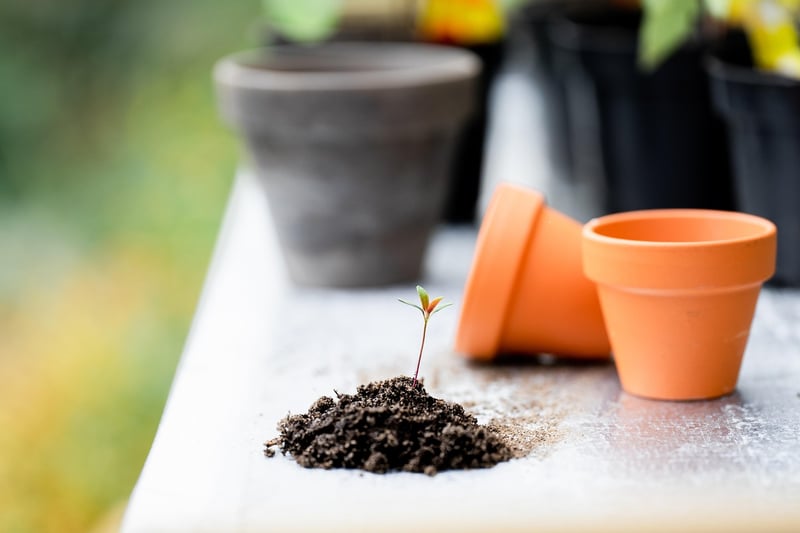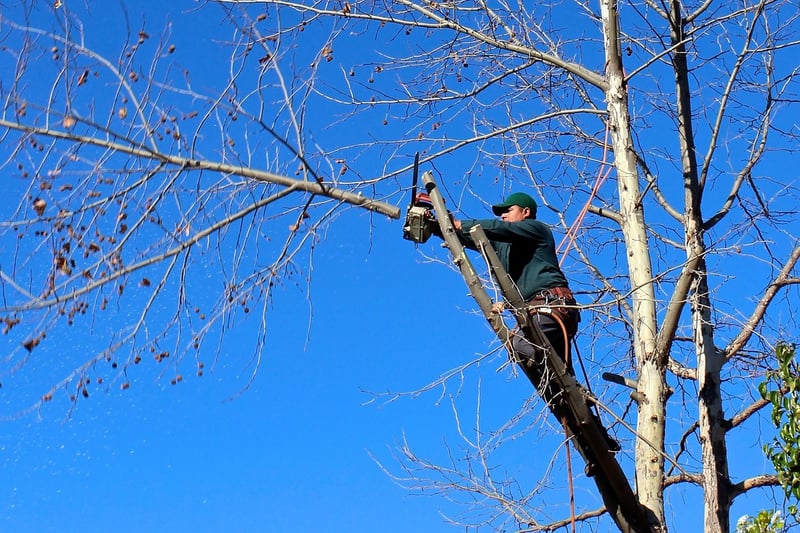Pruning Techniques
Guidance on Nurturing Plants and Pruning Techniques
Nurturing Plants
Properly nurturing your plants is essential for their well-being and growth. Here are some tips to help you care for your plants:
1. Watering
Ensure your plants receive the right amount of water. Overwatering can lead to root rot, while underwatering can cause wilting.
2. Sunlight
Place your plants in locations where they can receive adequate sunlight based on their specific light requirements.
3. Soil
Use well-draining soil that is suitable for the type of plants you are growing. Consider repotting if the soil becomes compacted.
4. Fertilizing
Feed your plants with appropriate fertilizers to ensure they receive essential nutrients for healthy growth.
Pruning Techniques
Pruning is a crucial aspect of plant care that involves the removal of dead or overgrown parts to promote new growth. Here are some pruning techniques to consider:
1. Deadheading
Remove spent flowers to encourage the plant to produce more blooms and prevent seed formation.
2. Thinning
Thin out overcrowded branches to improve airflow and sunlight penetration, promoting overall plant health.
3. Heading Back
Cut back the tips of branches to encourage bushier growth and enhance the plant's overall shape.
4. Rejuvenation Pruning
For older plants, consider rejuvenation pruning by cutting back a significant portion of the plant to stimulate new growth.
By following these nurturing and pruning techniques, you can help your plants thrive and flourish in your garden or indoor space.

For more detailed guidance on plant care, consider consulting with a local horticulturist or gardening expert.
Remember, each plant species may have specific care requirements, so always research the needs of your plants to provide them with the best possible care.
